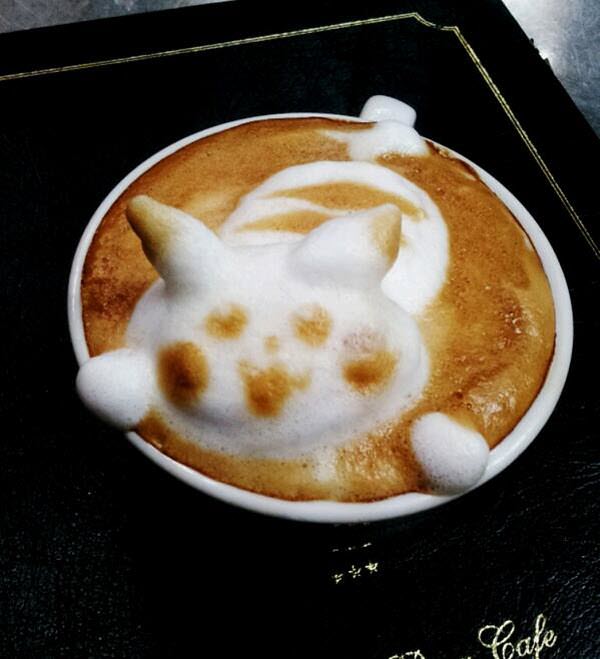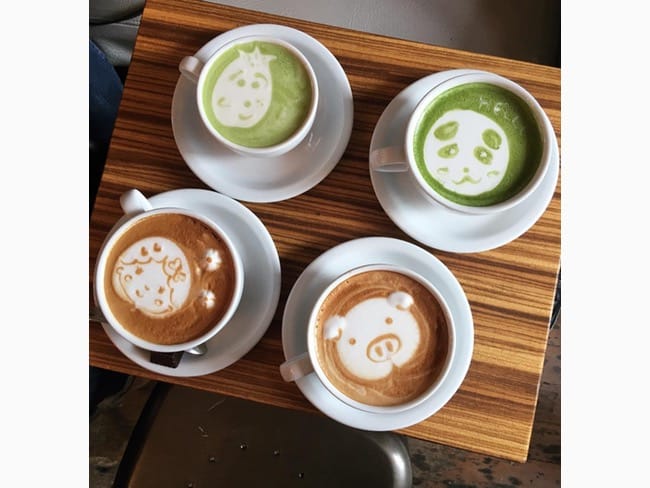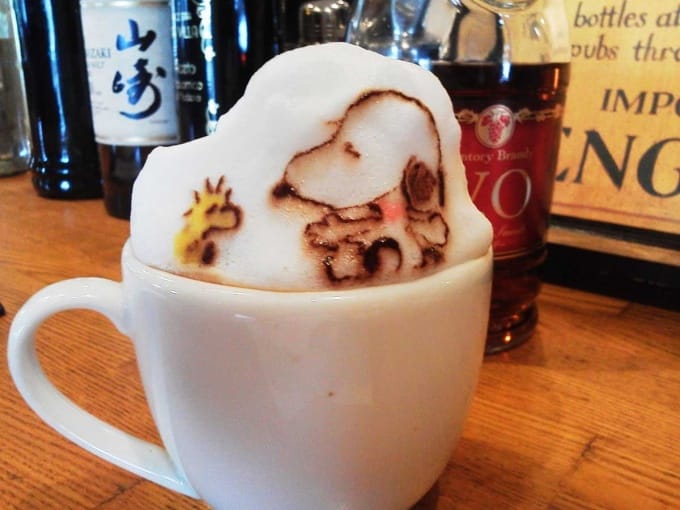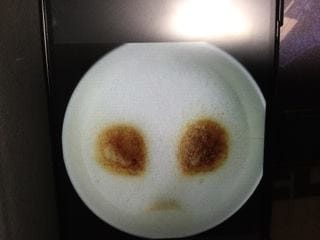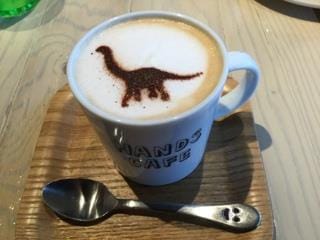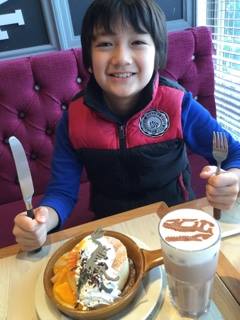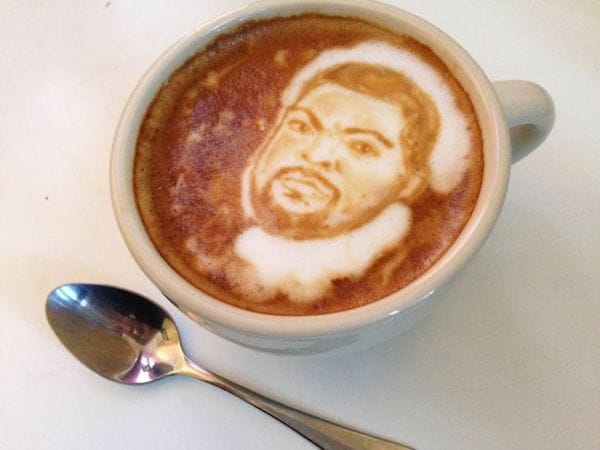Some cafes around the world have decorated their walls with artwork. But since the 1980s, many cafes now put artwork into the cups of coffee they serve. Lattes have risen to an art form, become a competition, and latte art is now popular around the globe.
This summer, from June 11-13, Budapest, Hungary will host the 12th World Latte Championships, and baristas from all over the globe will compete to be crowned “World Latte Champion”. The competition’s website explains the three day event this way:
“The World Latte Art Championship highlights artistic expression in a competition platform that challenges the barista in an on-demand performance.
For the preliminary round of the championship, baristas produce a single creative latte pattern at the Art Bar, then move to the WLAC stage to create two identical free-pour lattes and two identical designer lattes (which allow etching and decoration). Scores from the Art Bar and Stage are combined, and the top six competitors qualify for the final round, where they are asked to create two identical free- pour macchiatos, two identical free-pour lattes, and two identical designer lattes. The top-scoring competitor in the final round is declared the World Latte Art Champion.
Baristas are judged based on visual attributes, creativity, identical patterns in the pairs, contrast in patterns, and overall performance.”
Last year’s winner hailed from South Korea. Many of this year’s competitors are already registered for the competition. Each has completed a bio and answered questions about when they started making coffee, the secret to their latte art, what the most unusual vessel they’ve made latte art in is, hobbies outside of latte art and many more. The 2017 competitors will represent: Austria, Lithuania, Mexico, Malaysia, Norway, Poland, Puerto Rico, South Korea, Taiwan, Turkey and the United Kingdom.
Latte art, according to Meister at Serious Eats, has four basic design attributes that affect the way the art looks: height, position, flow and control. Height refers to the distance from which the heated milk is poured into the cup of coffee. Position refers to the angle from which the milk is poured. “Pouring the milk off center of the coffee will create a snake-like line, but pouring in the center of the espresso will center your image,” says Meister. Flow is how much milk comes out in a stream, and Meister says that the best designs start with the pitcher up high with light flow and then come from the pitcher of milk being lowered to as low to the coffee as possible while the flow increases. Control means being able to maneuver and rock the pitcher in ways that create interesting designs, such as roses, tulips, sea otters and other creatures.
While no one knows for sure where the first latte art was created (some say Italy, some say in the United States), baristas around the world have been free pouring and etching ever since microfoam was created atop coffee or espresso. And this is just another reminder that canvases are everywhere for beautiful and artistic creations.
Check out this gallery for some stunning examples.

